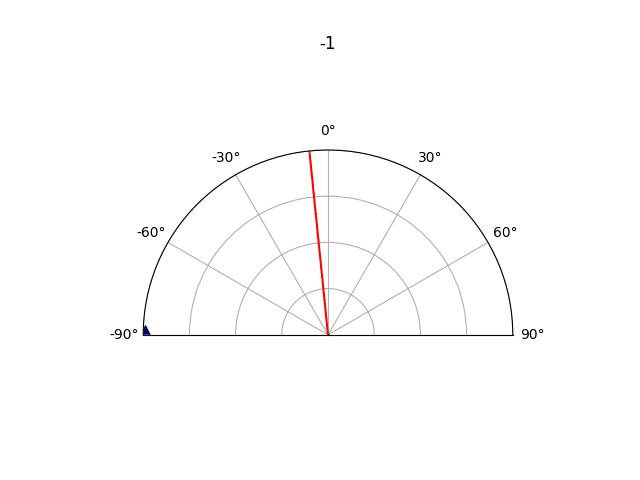How do cue ball (CB) and object ball (OB) speeds and travel distances vary with cut angle?
For stun shots, see the graph and summary statements on page 2 of:
TP 3.2 – Ball speeds and distances after stun-shot impact
For roll shots, see the graph and summary statements on page 3 of:
TP A.16 – Final ball speeds, distances, and directions for natural roll shots
and see:
TP B.5 – Rolling CB, direct-hit hop and ball travel distances
The animated image below (from Neil Murphy) illustrates how CB (red) and OB (green) directions and speeds vary with cut angle and ball-hit fraction:

Here are some useful conclusion statements from the analyses:
- With a stun shot, the CB and OB speeds and travel distances are the same for a 45° cut angle. The post-impact speeds are equal and about 70% of the initial CB speed. The distances are also equal and 50% of the distance the stunned CB would travel if there were no collision.
- With a stun shot, the percentage or fraction of speed the CB loses when hitting the OB is the same as the ball-hit fraction (BHF). For example, with a 1/2-ball hit, the CB loses 1/2 of its speed; and with a full hit (BHF=1), it loses all of its speed.
- With a rolling cue ball, the ball speeds and distances traveled are the same at a hair thinner than a 1/2-ball hit, which is slightly more than a 30° cut angle.
- If a rolling CB hits an OB squarely, the object ball will travel about 6-7 times farther than the CB after impact. This number can vary quite a bit with ball and cloth conditions.
- Distance vs. cut angle and ball-hit fraction plots, and approximate ball-distance proportions for various common angles can be found on pages 10 and 11 of TP A.16.
“Fundamentals – Part VII: speed control” (BD, March, 2009) also provides some good illustrations and examples. And for video demonstrations of all principles above, see:
Why do the CB and OB speeds not add up to 100% for all cut angles in the graph in TP 3.2?
When the CB hits the OB, total energy (proportional to speed squared for each ball) is conserved, but total speed is not. Total momentum (and therefore total vector velocity) is also conserved, but not total speed magnitude.
What is tip height on the cue ball results in the best speed and distance consistency?
See optimal tip height for speed control.
Dr. Dave keeps this site commercial free, with no ads. If you appreciate the free resources, please consider making a one-time or monthly donation to show your support:
